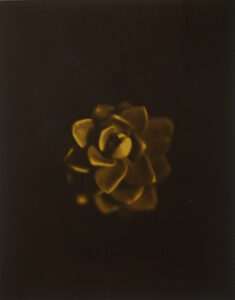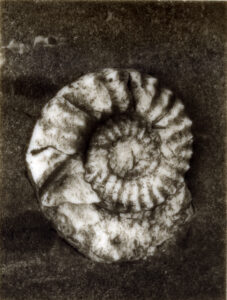-
November 1, 2024 - November 3, 2024
9:30 am - 5:00 pm
Opalotypes were printed on sheets of opal white glass; traditional were sometimes hand-tinted with colors to enhance their effect.
The basic opalotype technique, involving wet collodion, silver gelatin and to a lesser degree carbon. The Process was patented in 1857 by Glover and Bold ofLiverpool. Opalotypes are created by the carbon transfer process onto glass, the other applying light-sensitive emulsion on the glass surface to the negative. Opalotype photography was practiced in various forms until it disappeared round the 1930s. “Milk glass positive” and “Opaltypes” are other terms for an opalotype.
WHY OPALOTYPES
The luminosity creates a unique quality. Hand making carbon tissue allows images in any color. The archival quality makes it the most stable of all photographic processes. The Liquid emulsion allows darkroom enlargements onto the glass surface.
ABOUT THE OROTONE PROCESS

An orotone photograph is created by printing from a negative to create a positive on a glass plate precoated with a silver gelatin emulsion or carbon transfer process. Following exposure and development, the back of the plate is coated with gold-colored pigment creating a gold-toned image. Being printed on glass, orotone images are extremely fragile and often require specialized frames in order to prevent breakage.
The making of orotone prints was contemporary art in the early twentieth century. Many of the early orotones were made by the Seattle photographer Edward Curtis. He produced hundreds of orotone photographs of Native Americans during his career. Curtis developed the “Curt-Tone”, using techniques which he claimed were superior.
ABOUT THE WORKSHOP:
The workshop covers both carbon and liquid emulsion methods of opalotypes.
During the 3 days you will:
-
- Make carbon tissues
- Expose and transfer the carbon tissue photograph to the glass.
- Expose and process
- Look at the methods of hand colouring the final images.
The Workshop is limited to 2 participants
All materials and lunches are provided.


